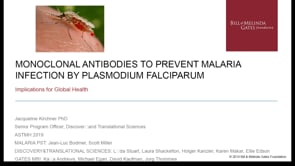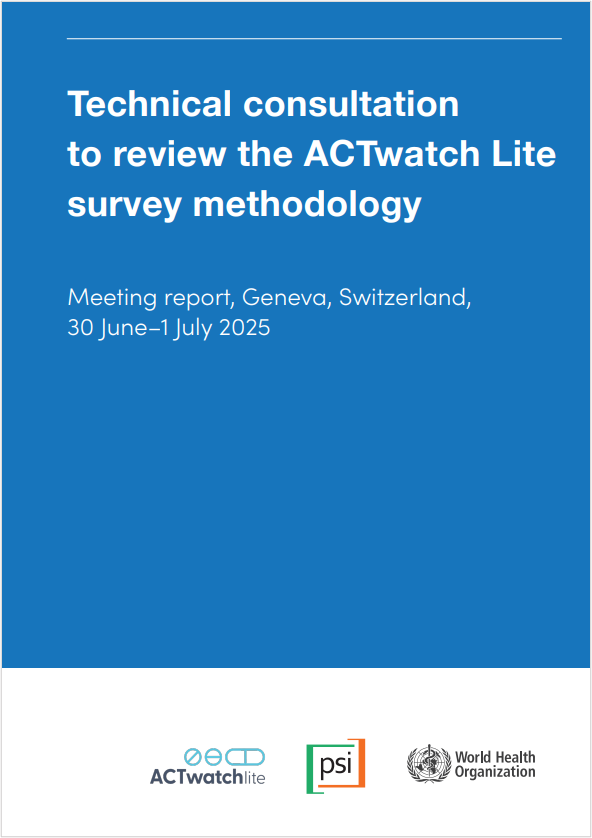Last Updated: 28/01/2025
Structural insight into the mechanism of Plasmodium actin ATP hydrolysis and phosphate release – prospects for regulation of parasite motility
Objectives
The aim of this project is to understand how the hydrolysis of the essential ATP and subsequent release of phosphate regulate actin polymerization and the filament length.
Malaria is a mosquito-borne disease, which claimed nearly half a million lives in 2018, mostly of small children. Despite the success in the past 10 years using artemisinin combination therapies for the treatment of this disease, malaria-related deaths seem to be turning to a new rise due to the resistance of the parasite causing the disease to the current drug regime. Therefore, the need for novel drugs or a vaccine is pressing. The malaria parasites use gliding type of motion to traverse and infect their host cells, using a molecular motor called glideosome. Gliding depends on fast polymerization of a protein called actin into filaments. The knowledge generated form this project will help in the development of drugs/drug lead compounds for the modulation of actin polymerization towards regulating the parasite motility.
May 2021 — Aug 2024
$302,043


